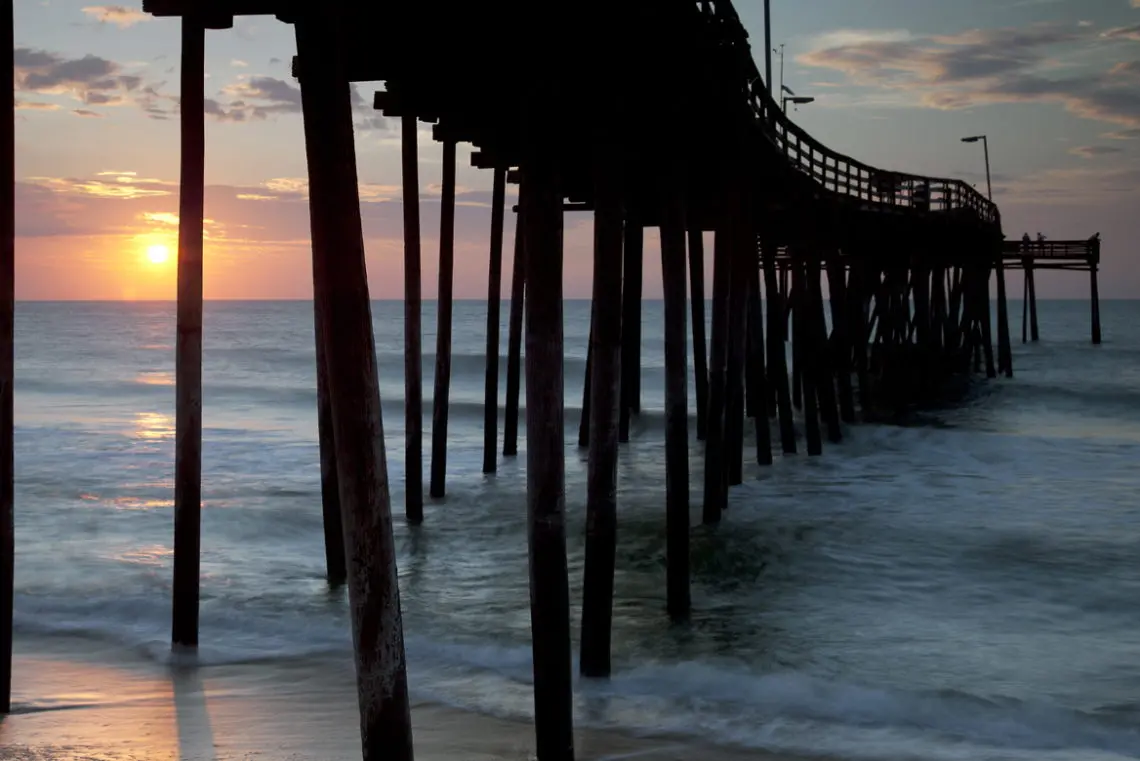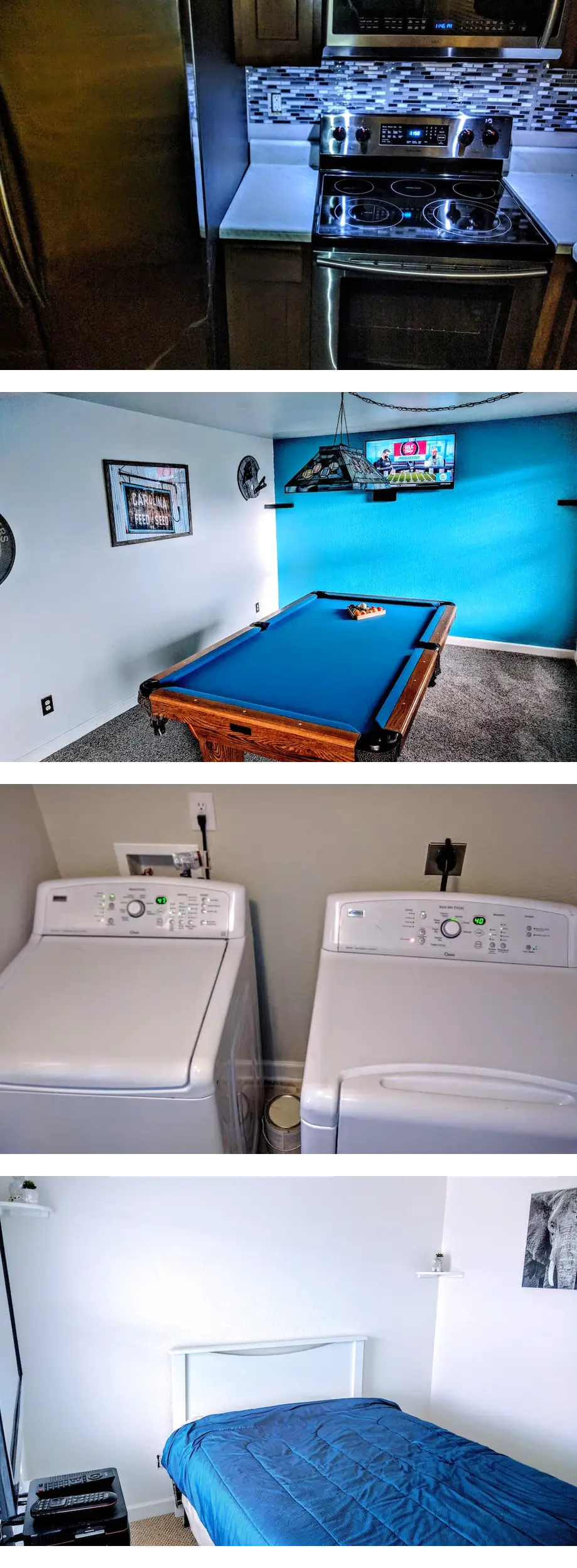The home of one of North Carolina's best known jurists and politicians, it has an interesting blend of Federal and Greek Revival details. Its awkward symmetry and rambling plan lend credence to local legend that Biggs added a room with the birth of each of his 10 children.
Asa Biggs was the second child of Joseph Biggs, a Williamston merchant and minister in the Skewarkee Primitive Baptist Church. Biggs' formal education concluded at age 15 when he left the Williamston Academy, which his father had been instrumental in establishing, and became a clerk. Two years later, Henry Williams hired him to manage a Williamston mercantile firm. During this period, Biggs began reading law and, in 1831, opened a law firm in Williamston after being admitted to the NC Bar. One year later, he married Martha Elizabeth Andrews of Bertie County.
Biggs purchased a corner lot at Church and Smithwick in 1830. Soon after he began practicing law in 1831, he built a law office on the lot. The house put up on the lot in 1835 was a two-story, side-gabled dwelling protected by plain weatherboards and heated by a single shoulder brick chimney rising from the west end gable. The interior followed a one-room deep, side hall plan with a parlor on the first floor and a bedroom on the second. A rear ell appended to the parlor provided a dining room and sleeping loft. The complement of outbuildings set up at the time probably included a freestanding kitchen and smokehouse.
By the time the house was enlarged on its east side to a one-room deep, center hall plan dwelling in the antebellum period, the Greek Revival style had become popular in North Carolina. During a major remodeling, the elongated first floor windows with nine-over-nine sashes were probably installed. Similar smaller windows are upstairs. Late nineteenth and early twentieth century alterations provided a spacious front portico with a hipped roof supported by Doric columns and back porch with lattice work. The first floor windows on the facade were treated with shallow, intricately worked wrought iron balconies.
While Biggs had served at age 24 as one of the youngest delegates to the 1835 state constitutional convention, his career as an elected official began in 1840 when he was elected to the NC House of Commons. In 1844, he was elected to the State Senate and in 1845, to the U.S. House of Representatives. Defeated for reelection to the House in 1847, he drew statewide attention at the 1850 Democratic State Convention with his opposition to state funding of an internal improvements program. In 1854, the same year he returned to the State Senate, the state legislature elected him to the U.S. Senate. During the period, Biggs, along with Bartholomew F. Moore, completed a major revision and codification of North Carolina statutes that served as the state's basic legal document from 1854 until the Reconstruction era.
In 1858, while Biggs served in the U.S. Senate, President James Buchanan appointed him to a federal district judgeship. In 1861, with the outbreak of the Civil War, Biggs' strong secessionist sentiments led him to resign the judgeship and to serve as a Confederate district judge. In 1862, after the fall of Roanoke Island, the Biggs family abandoned their Williamston home and fled to Tarboro.
In 1869, with a strong conviction that the judicial system should be free from both political control and involvement in politics, Biggs joined other NC lawyers to formally protest what they believed were the State Supreme Court judges' partisan conduct during the 1869 Presidential campaign. Rather than face contempt charges, or apologize to the court for his action, Biggs moved his family to Norfolk, Virginia. In Norfolk, he established a mercantile house with his brother, Kader, and practiced law with W.N. H. Smith, who later became Chief Justice of the NC Supreme Court. Upon his death in 1878, Biggs was buried in Elmwood Cemetery in Norfolk.
In 1928, the house was sold out of the family, and in 1978, taken over by the Martin County Historical Society, which continues its restoration. In 1979, the house was placed on the National Register of Historic Places.
It is now home to the Martin County Tourism office.
Our property has a great floor plan which will keep plenty of space to savor your time with us. Nice size bedrooms with comfortable beds to help you sleep sound. The pool table will definitely keep you entertained for hours. With just an hour drive...



